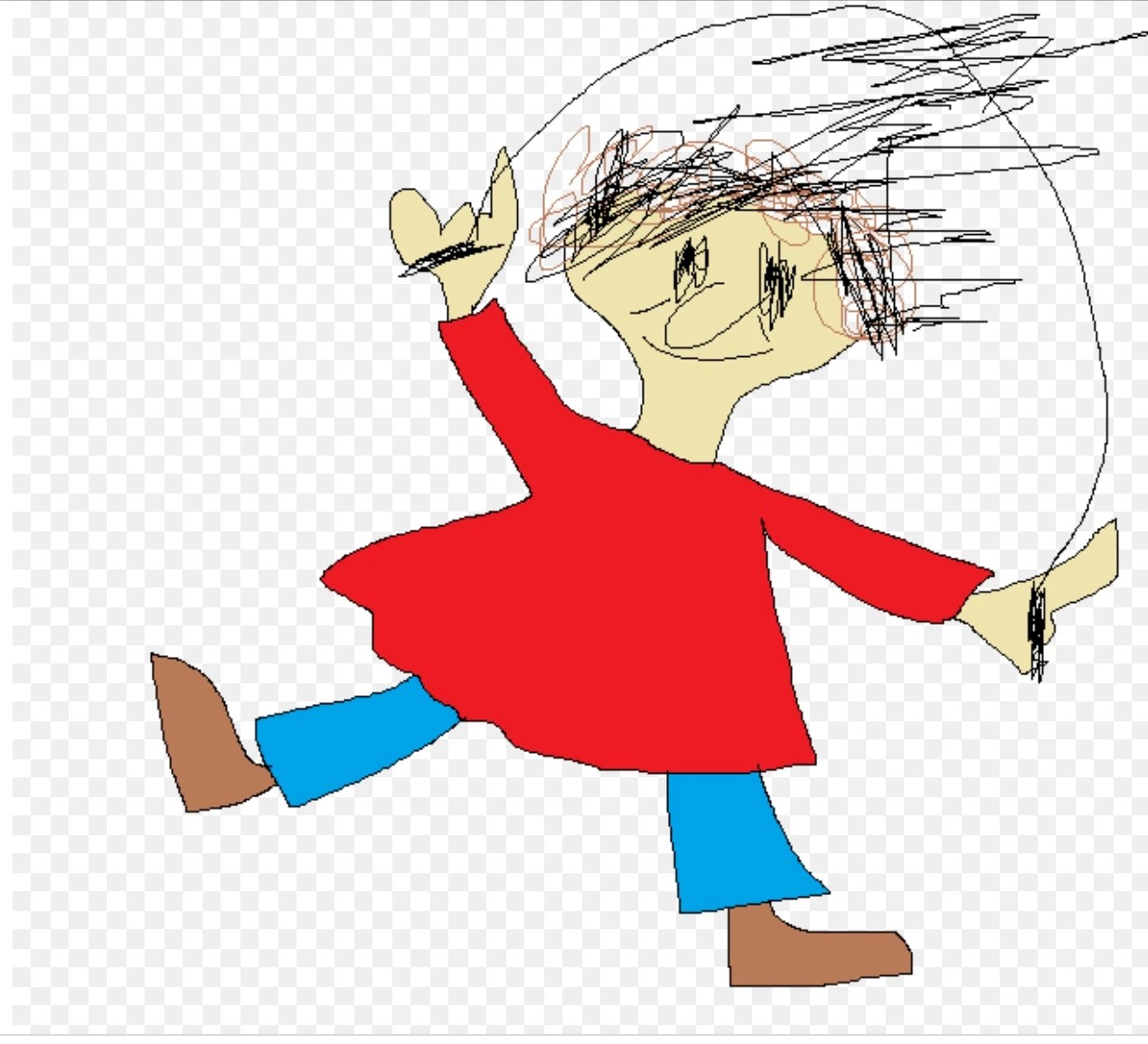Table of Contents
Introduction
Physical education is an essential component of a well-rounded education, offering students the opportunity to develop physical fitness, motor skills, and knowledge about the importance of leading an active lifestyle. However, traditional physical education classes often lack the engagement and creativity needed to truly inspire students. This is where project based learning (PBL) comes into play. PBL in physical education not only enhances students’ physical abilities but also fosters critical thinking, problem-solving skills, and collaboration.
What is Project Based Learning?
Project based learning is an instructional approach that allows students to explore and investigate real-world problems and challenges. It involves students working on a project over an extended period, where they actively engage in research, problem-solving, and hands-on activities. In the context of physical education, PBL shifts the focus from rote exercises to meaningful projects that require students to apply their knowledge and skills in practical and relevant ways.
The Benefits of Project Based Learning in Physical Education
1. Enhanced Creativity: PBL provides students with the freedom to think outside the box and come up with innovative solutions to physical challenges. By working on projects that require them to be creative, such as designing a new fitness routine or creating a game, students develop their imaginative and problem-solving skills.
2. Increased Engagement: Traditional physical education classes often follow a one-size-fits-all approach, which can lead to disengagement among students. PBL, on the other hand, allows students to take ownership of their learning by choosing projects that interest them. This autonomy and sense of ownership enhance student engagement and motivation.
3. Real-World Application: PBL in physical education bridges the gap between theory and practice. Instead of simply learning about the importance of exercise, students get to apply their knowledge by designing and implementing fitness programs or organizing sports events. This real-world application makes the learning experience more meaningful and memorable.
4. Collaboration and Communication: PBL promotes collaboration and communication skills as students work together in teams to complete projects. They learn how to effectively communicate ideas, delegate tasks, and solve problems collectively. These skills are not only valuable in physical education but also transferable to other areas of life.
Implementing Project Based Learning in Physical Education
1. Choose Relevant Projects: Select projects that align with the learning objectives of your physical education curriculum. For example, if the focus is on teamwork and cooperation, a project that involves planning and executing a team-building activity would be ideal.
2. Provide Guidance and Support: While PBL encourages student autonomy, it is important to provide guidance and support throughout the project. Offer clear instructions, resources, and checkpoints to ensure that students stay on track and meet the desired learning outcomes.
3. Assess Both Process and Product: When assessing PBL projects, consider not only the final product but also the process students went through. This includes their research, problem-solving strategies, and collaboration skills. Use rubrics or checklists to evaluate both the product and the process.
4. Reflect and Celebrate: After completing a PBL project, encourage students to reflect on their learning experience. Ask them to share what they learned, what challenges they faced, and how they overcame them. Celebrate their achievements and showcase their projects to the school community.
Conclusion
Project based learning in physical education has the power to transform traditional PE classes into dynamic, engaging, and meaningful learning experiences. By incorporating PBL, educators can help students develop not only their physical abilities but also their creativity, critical thinking, and collaboration skills. So let’s embrace PBL in physical education and empower our students to become active, creative, and lifelong learners.






